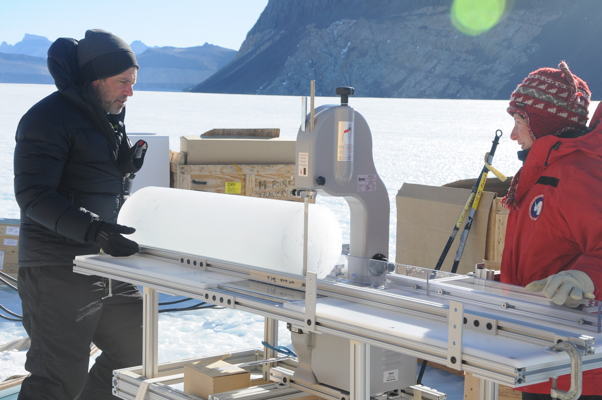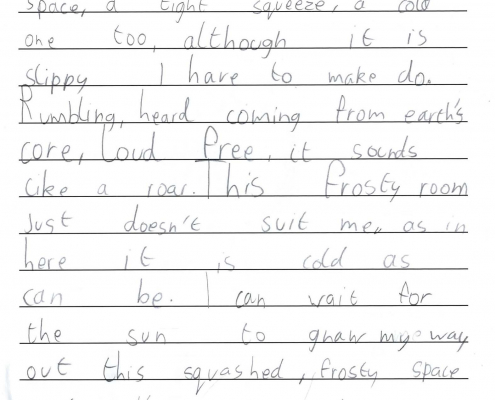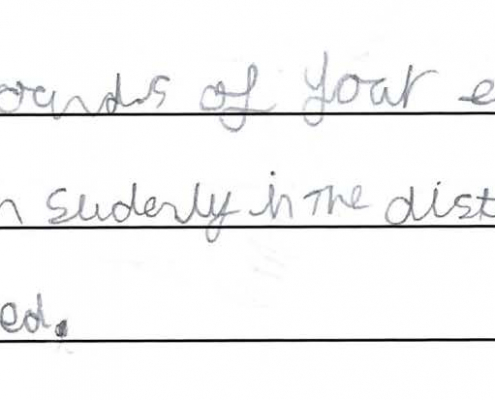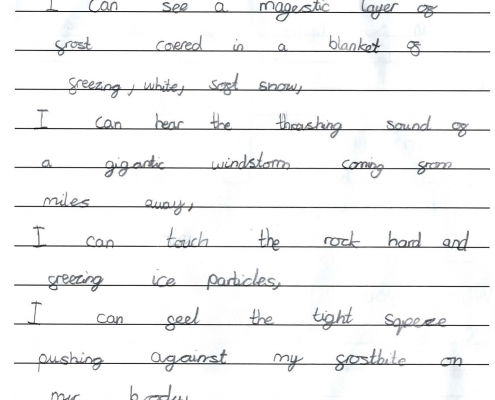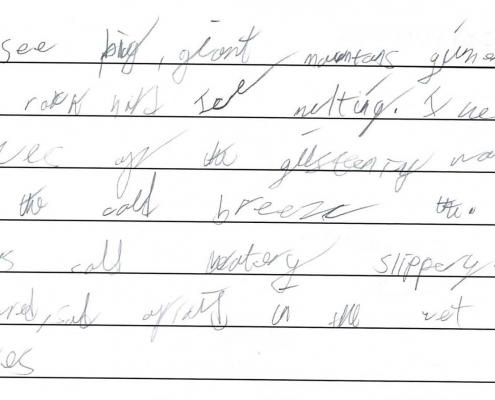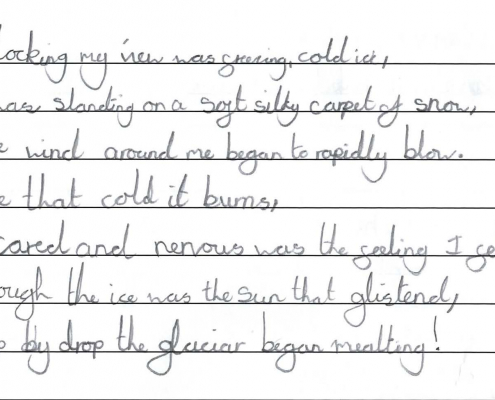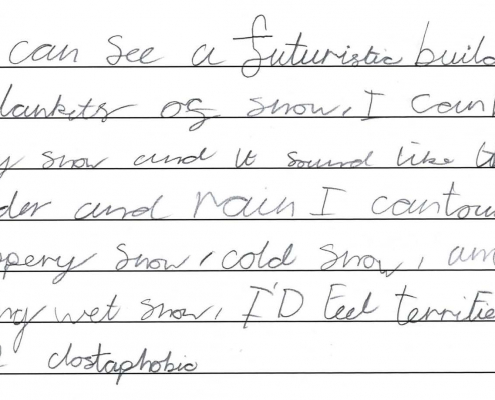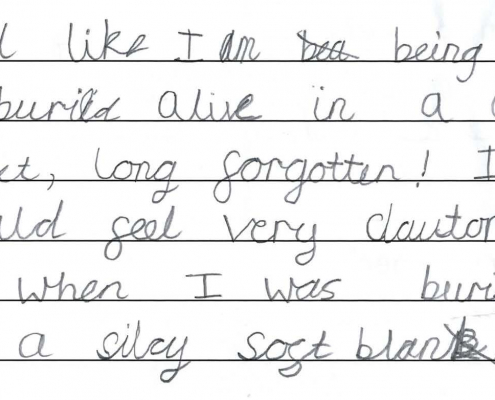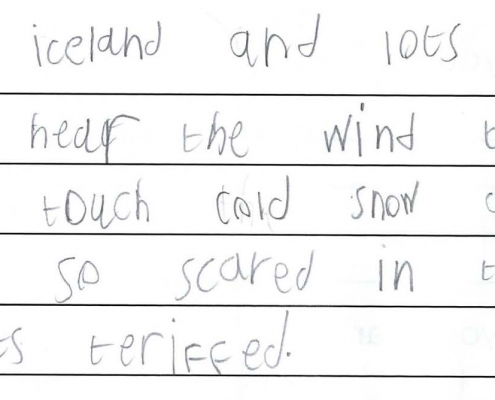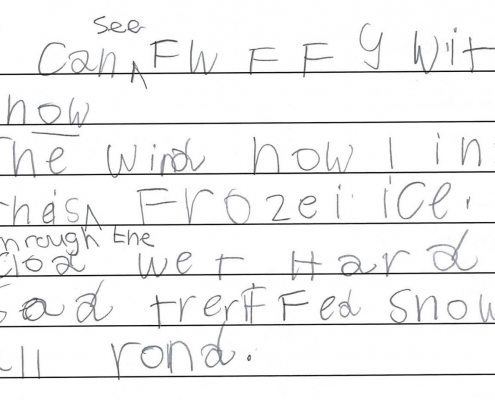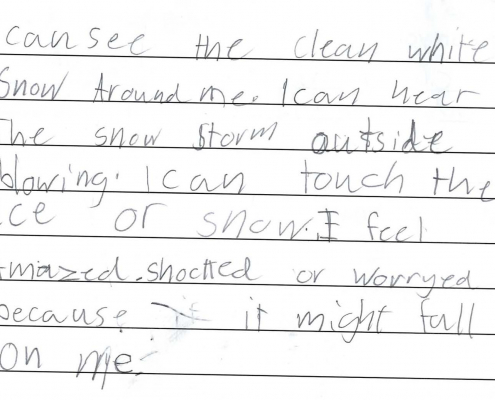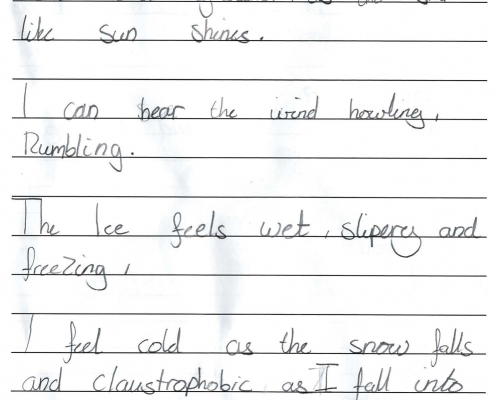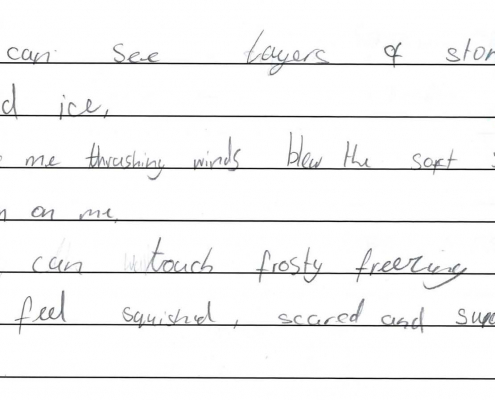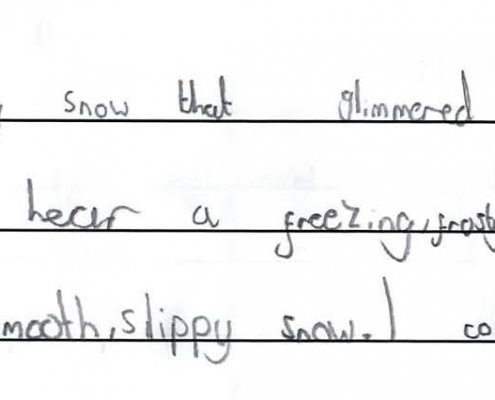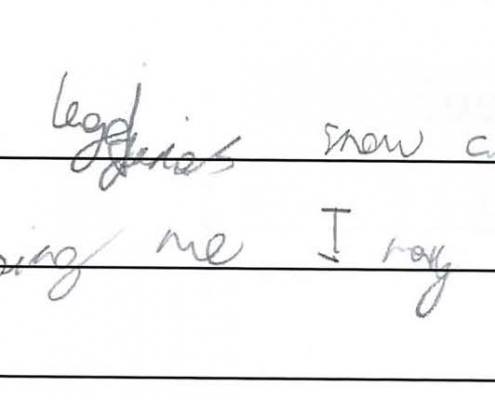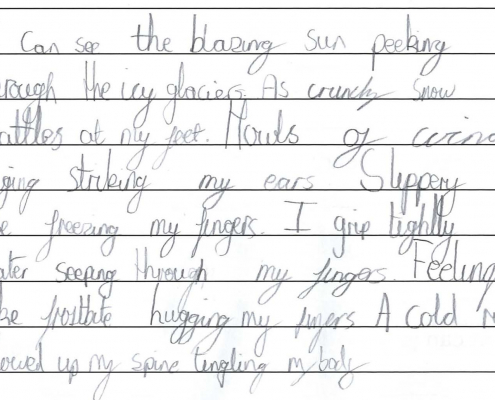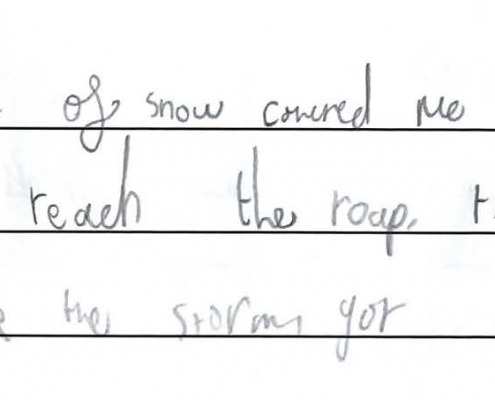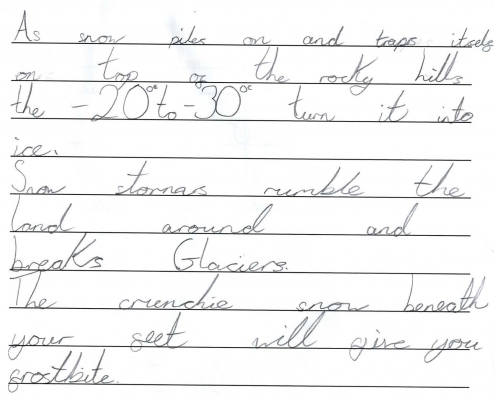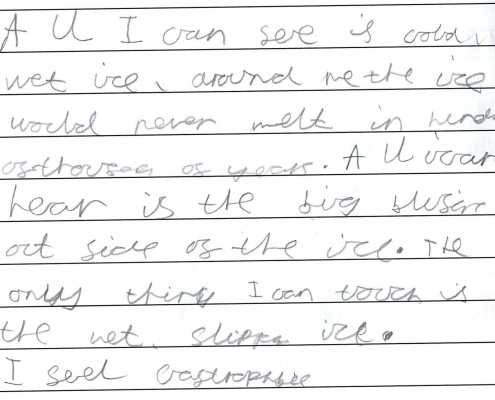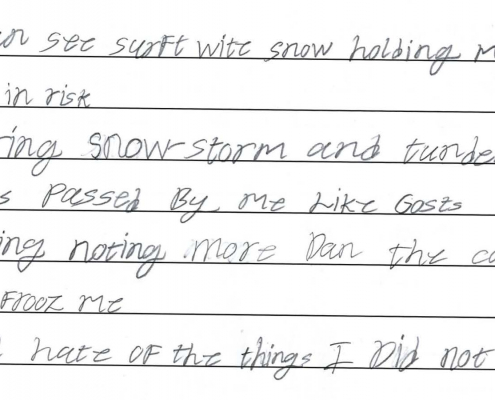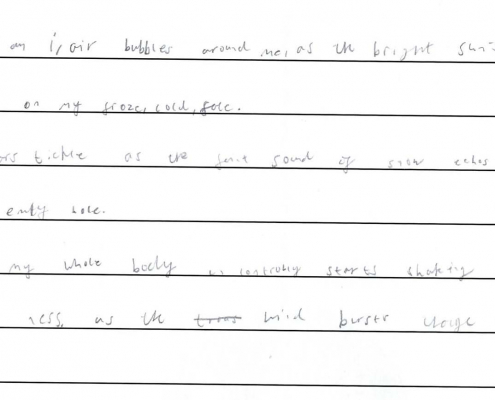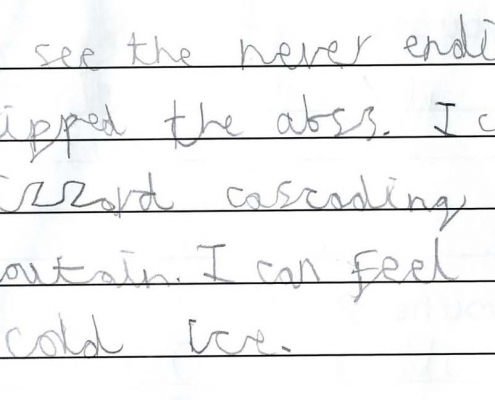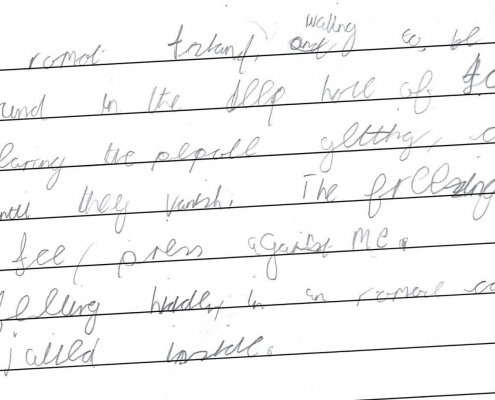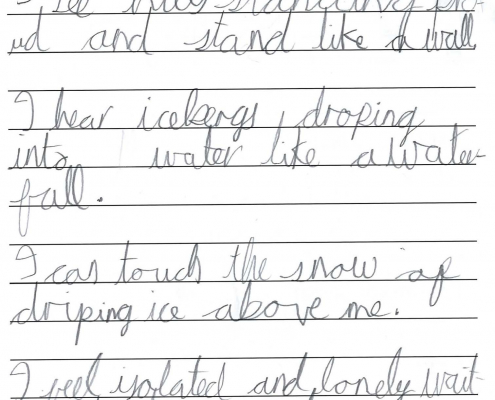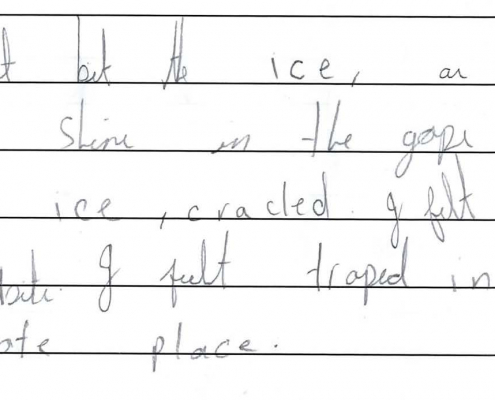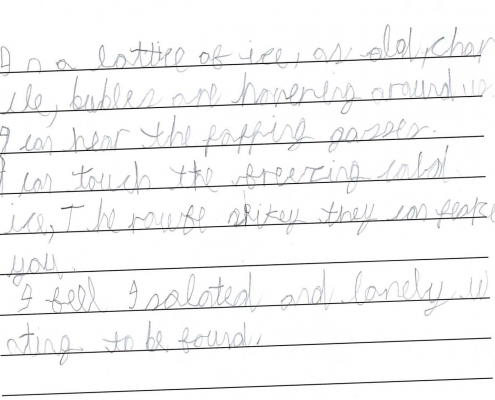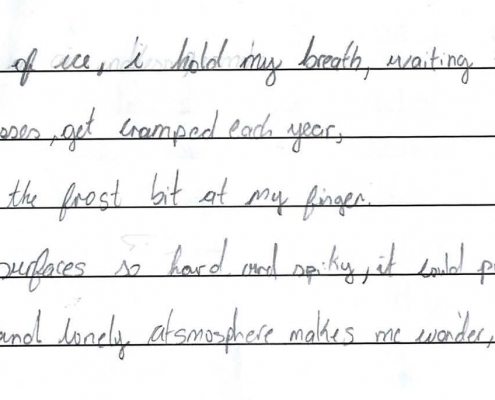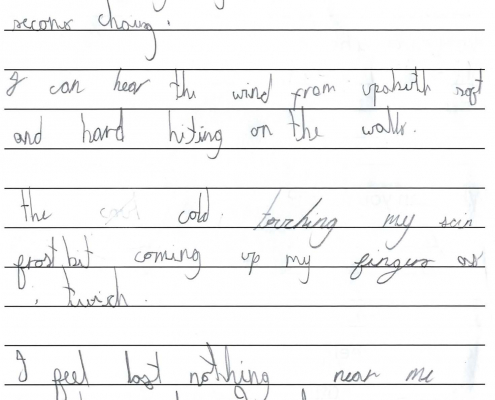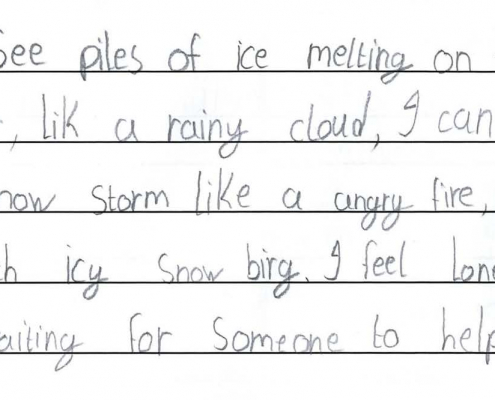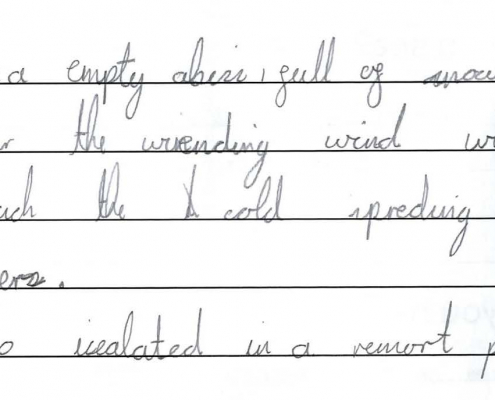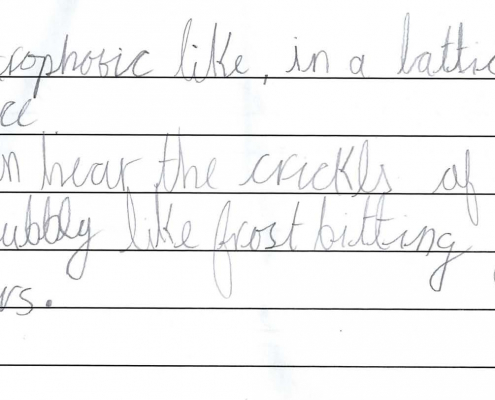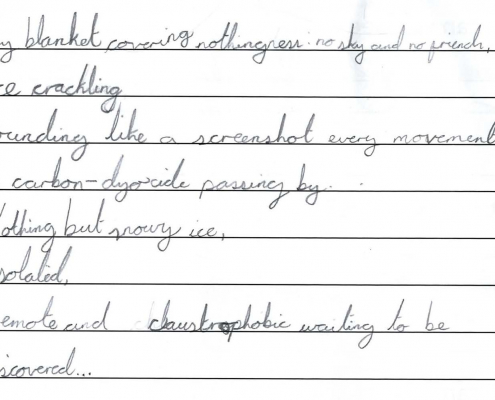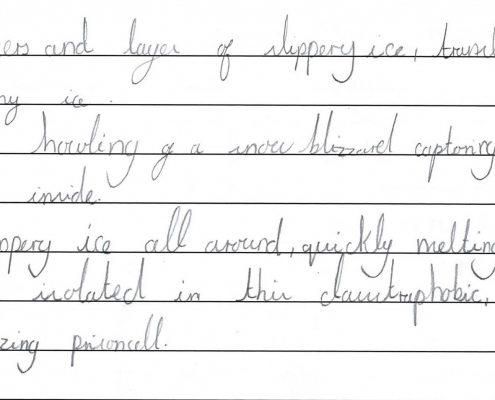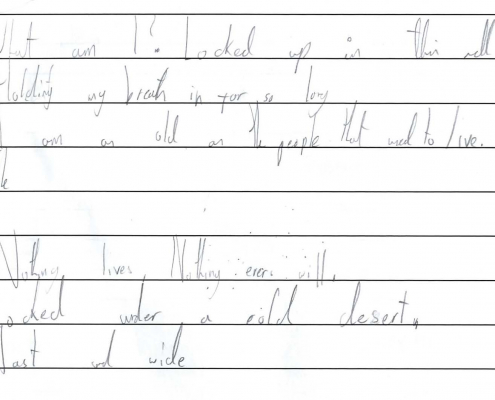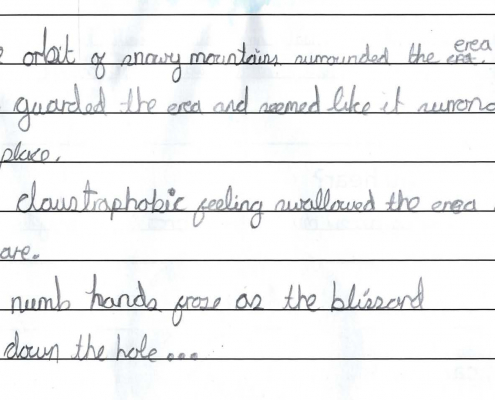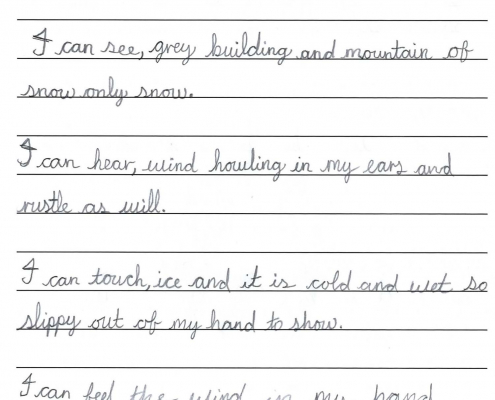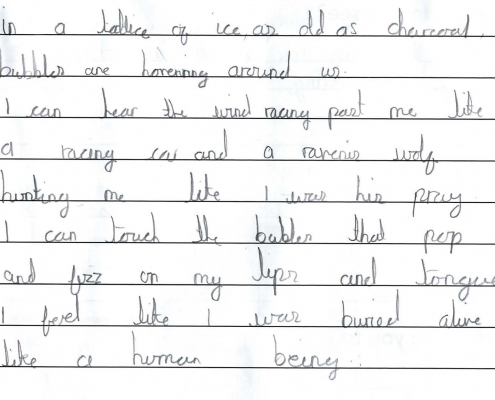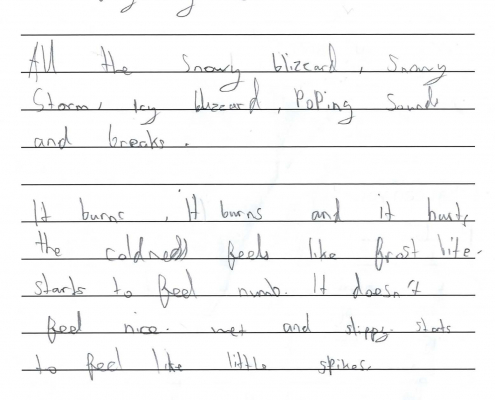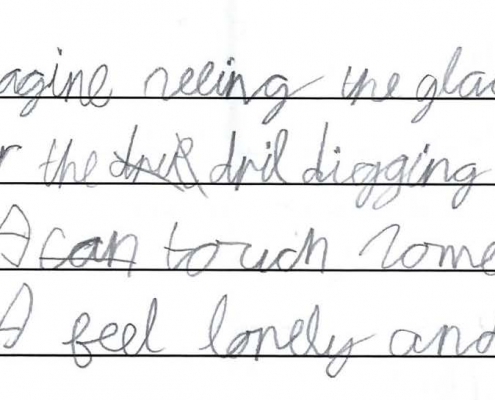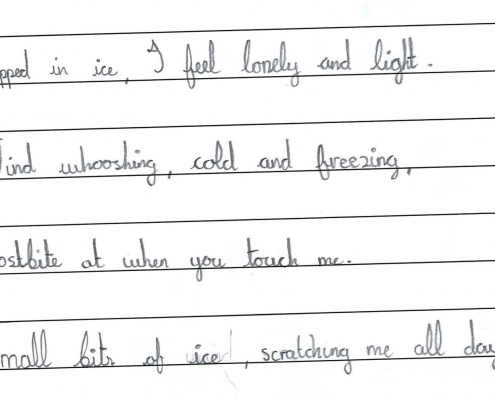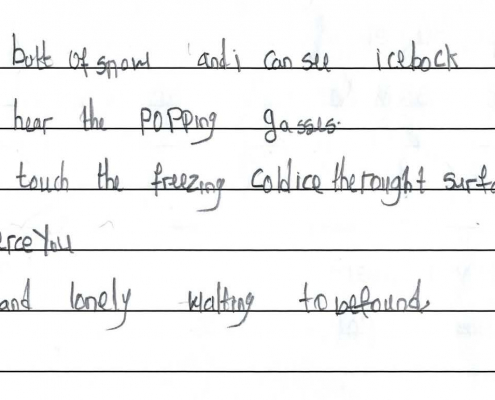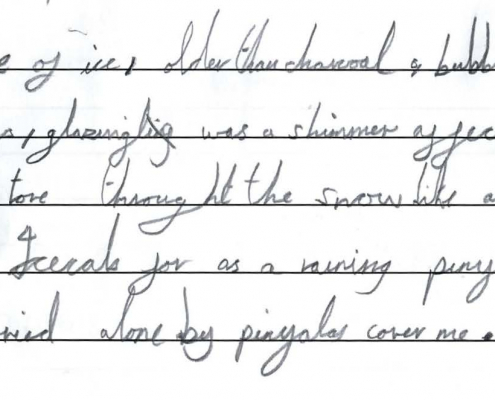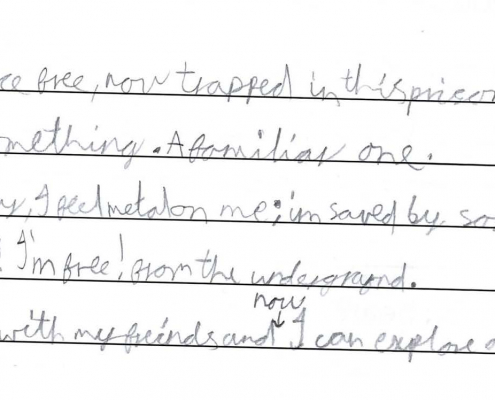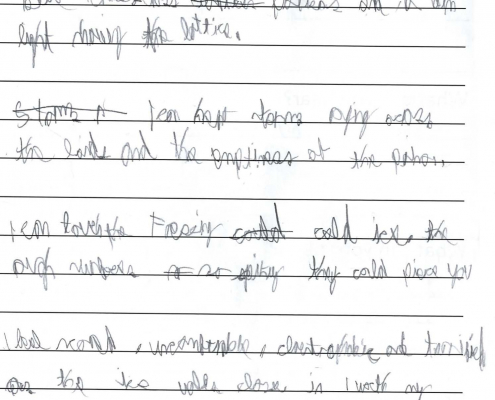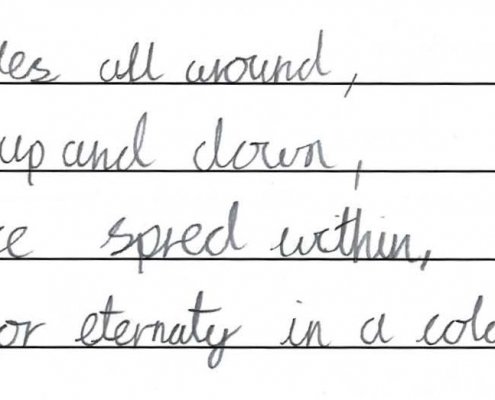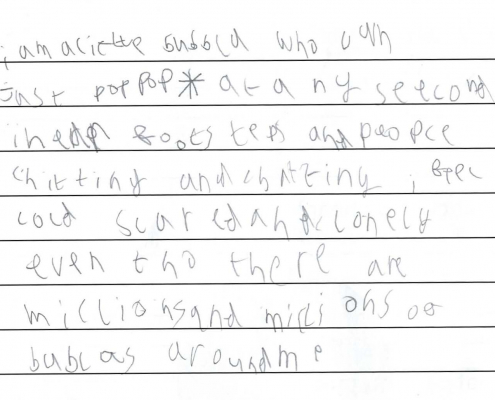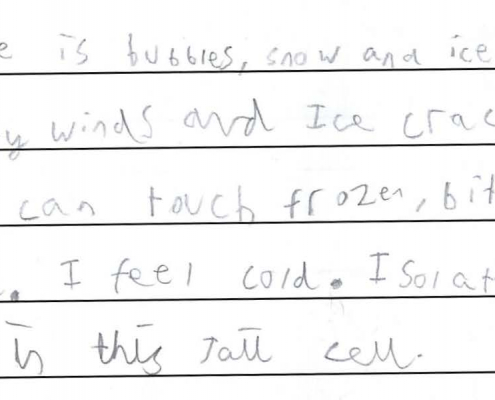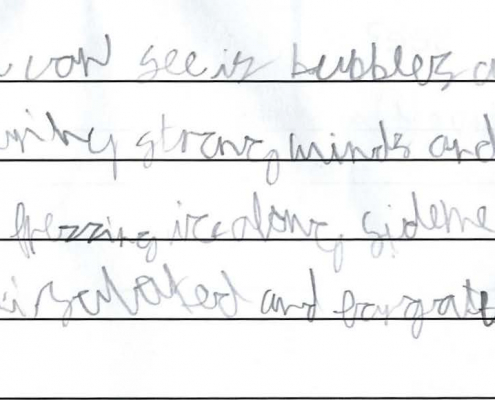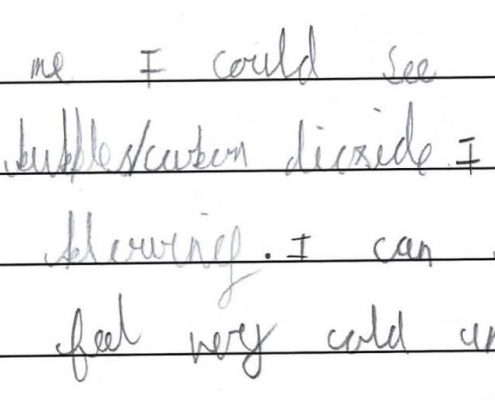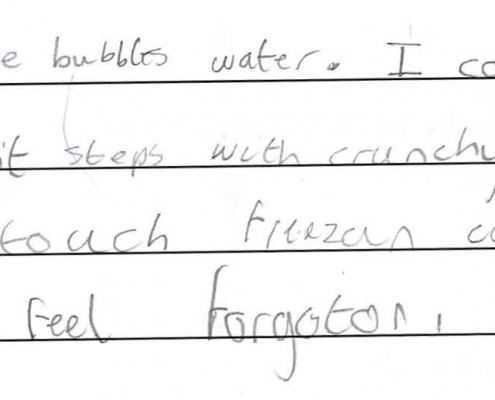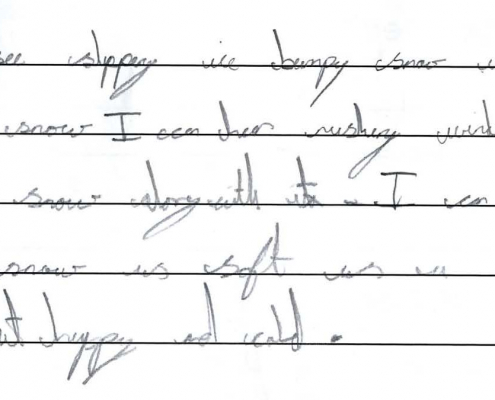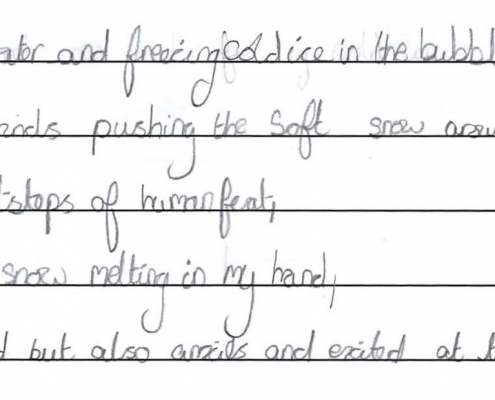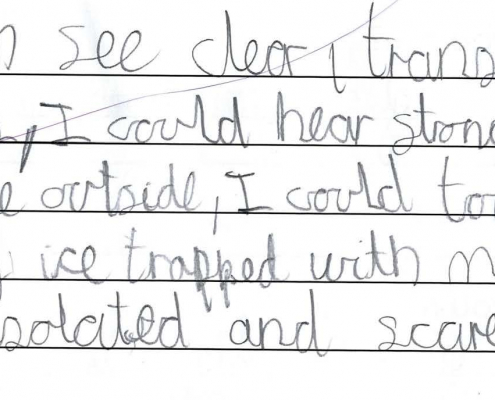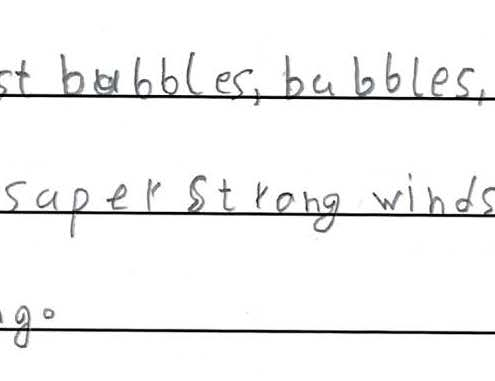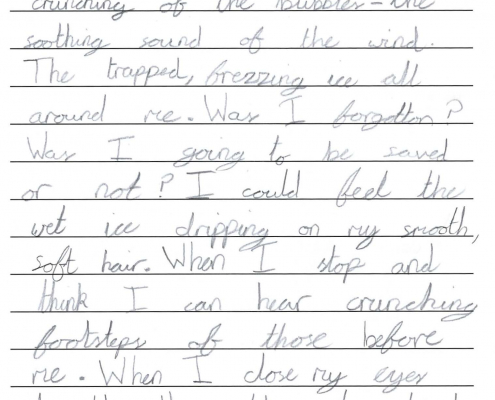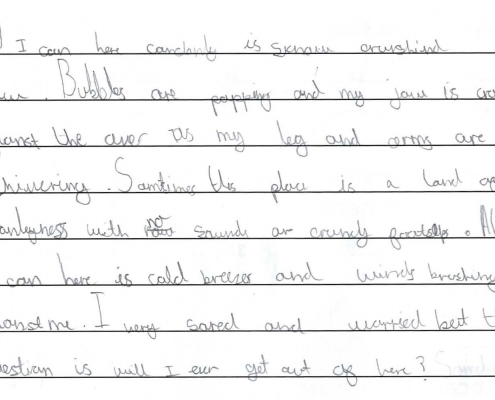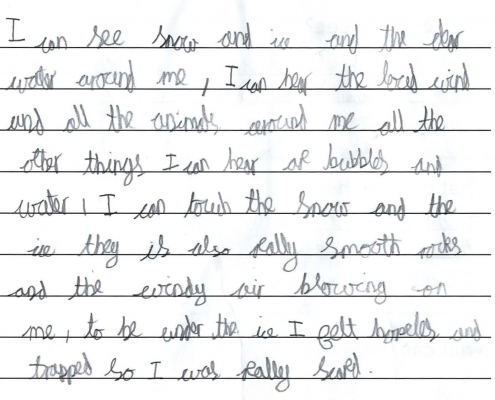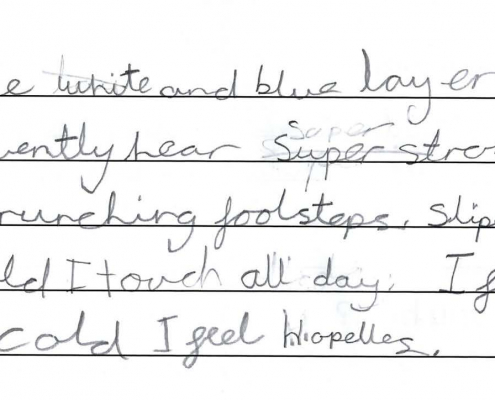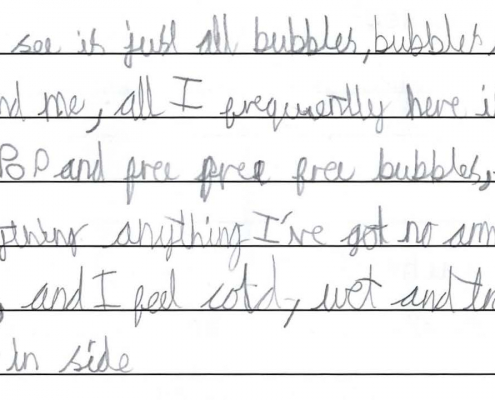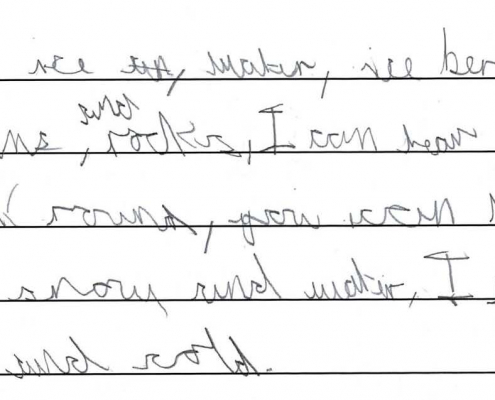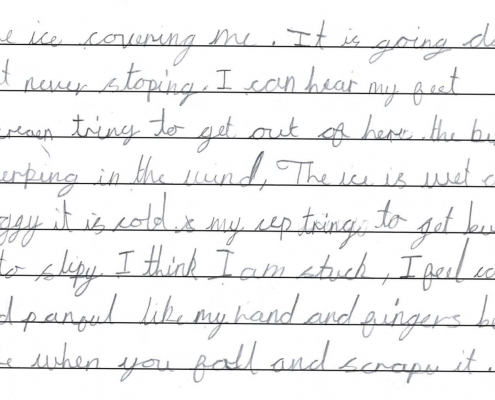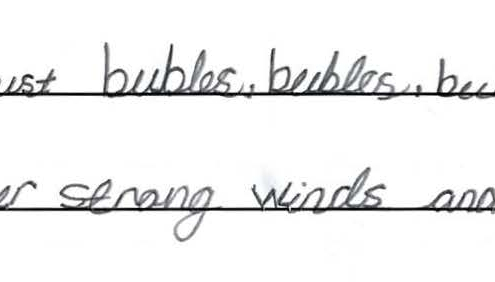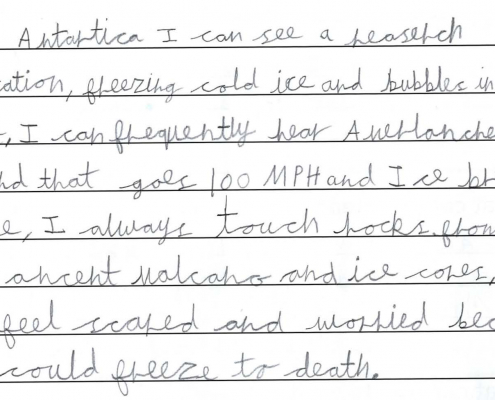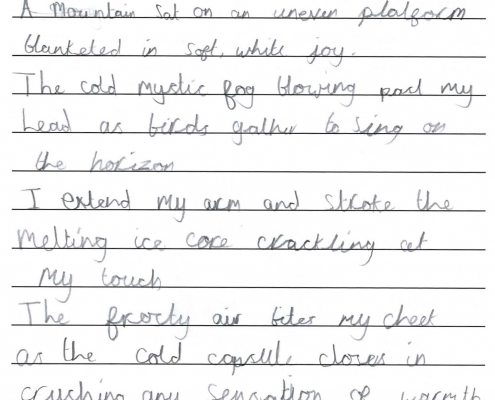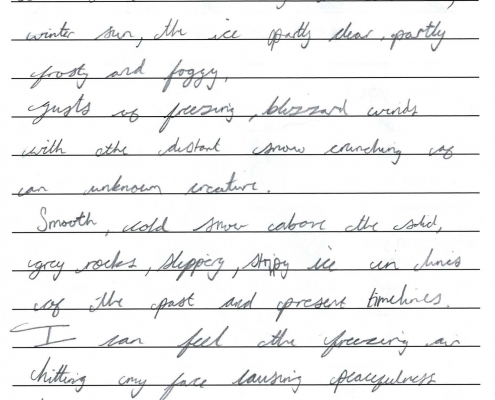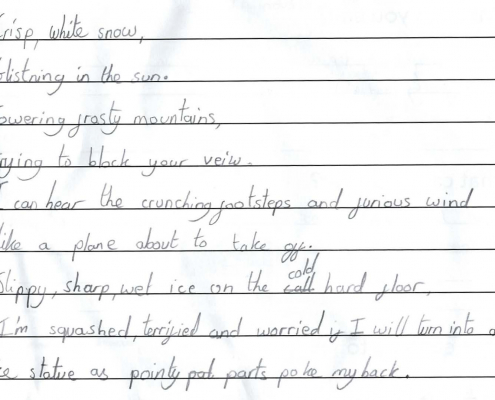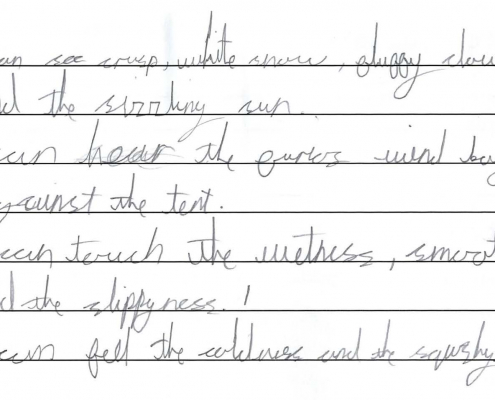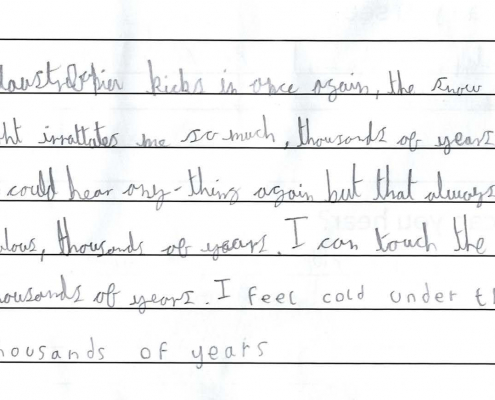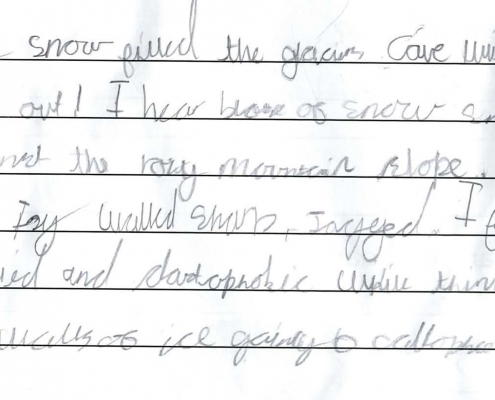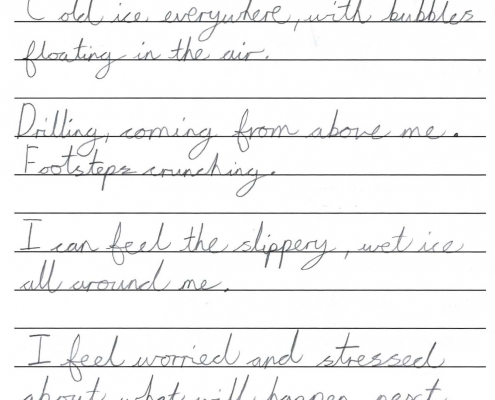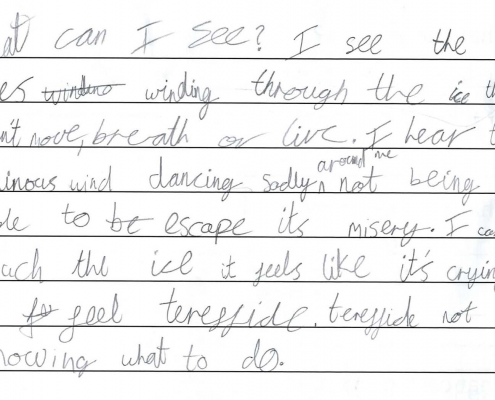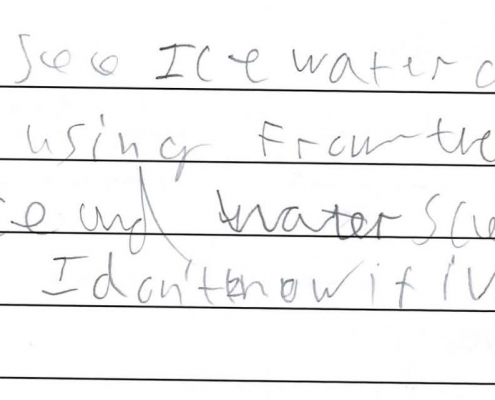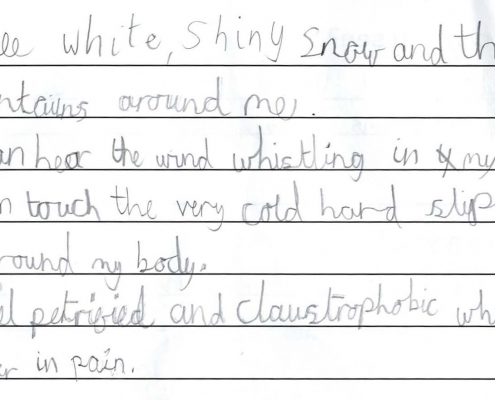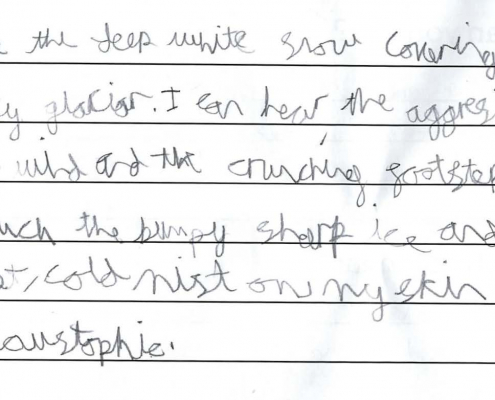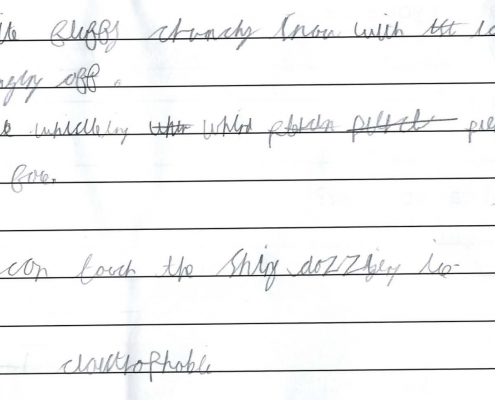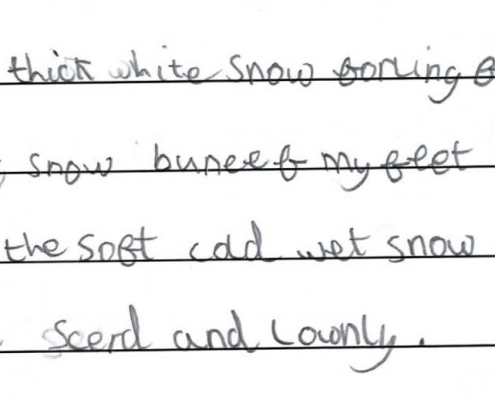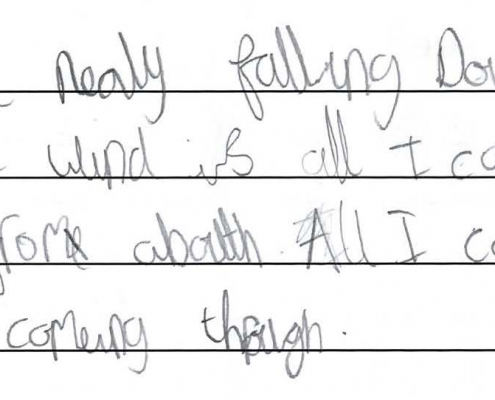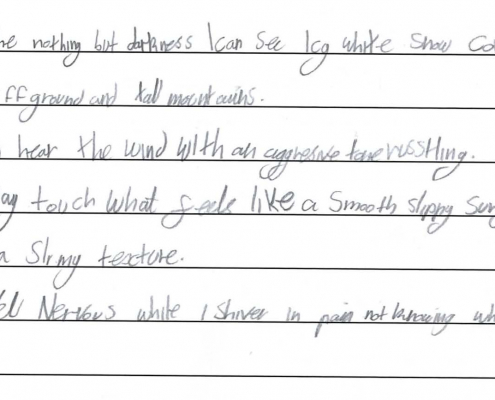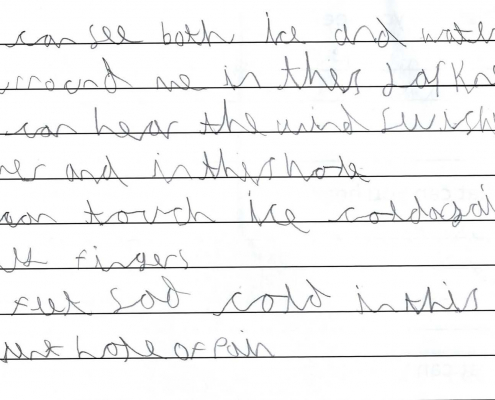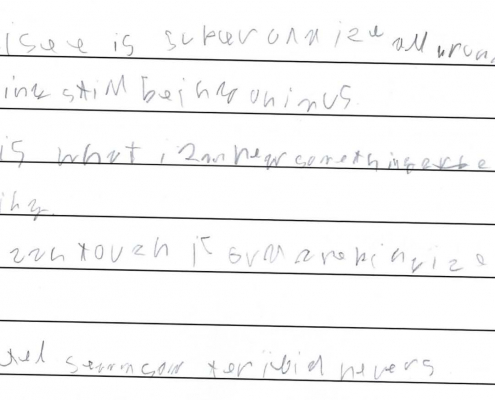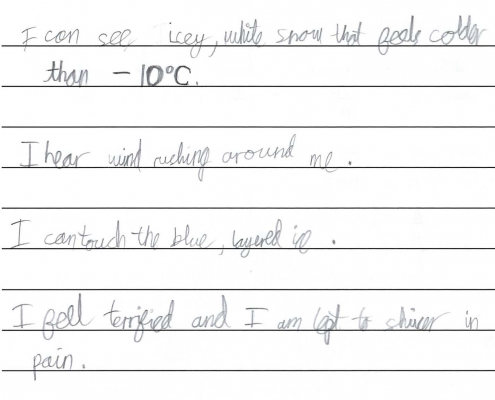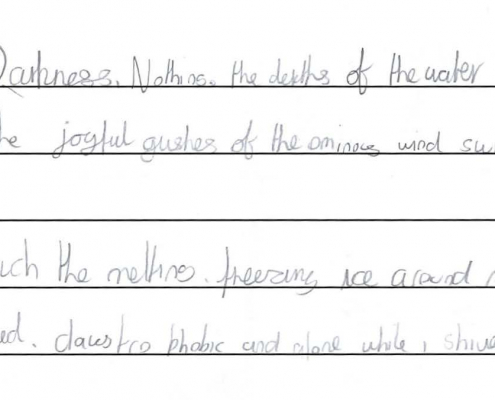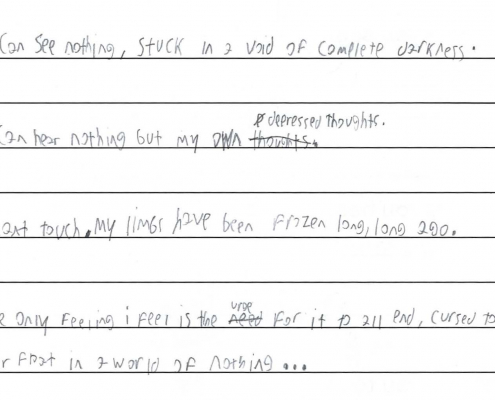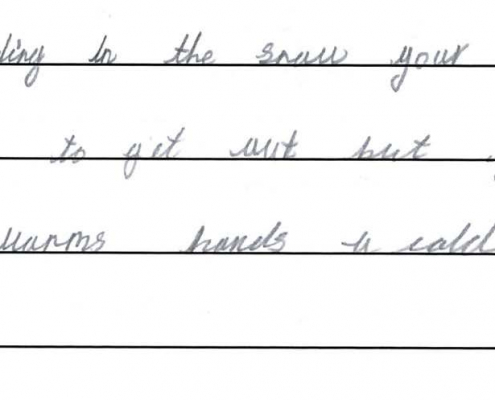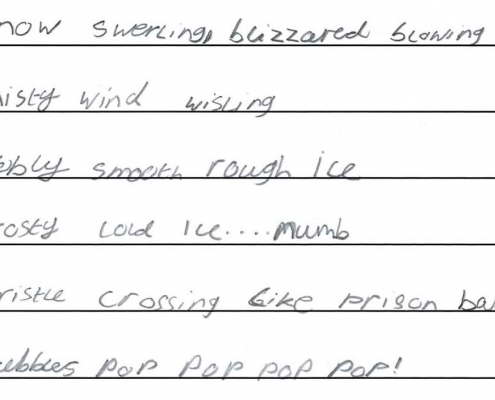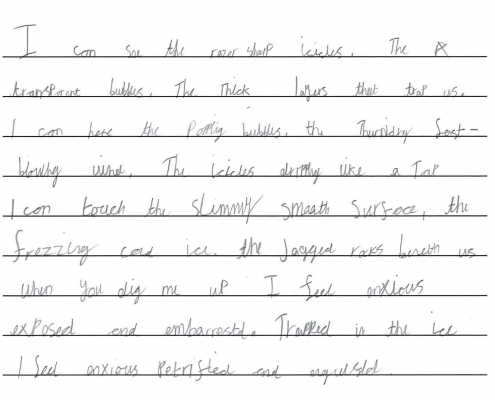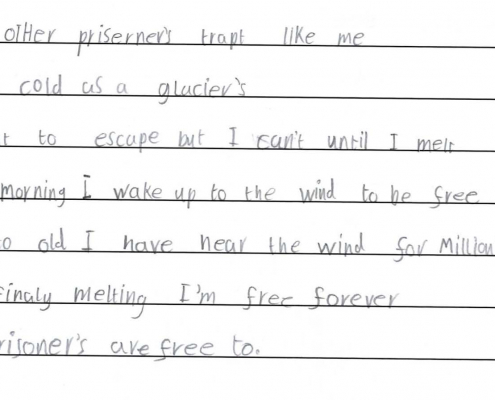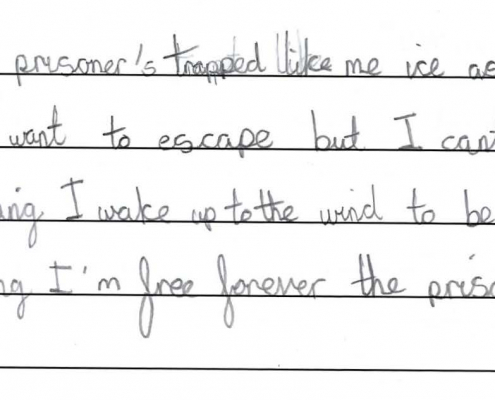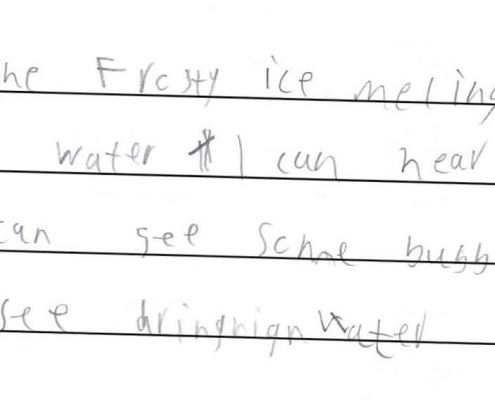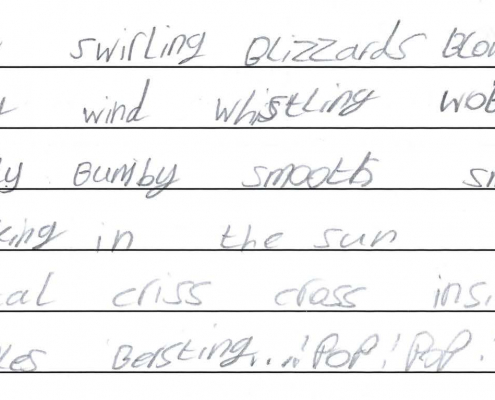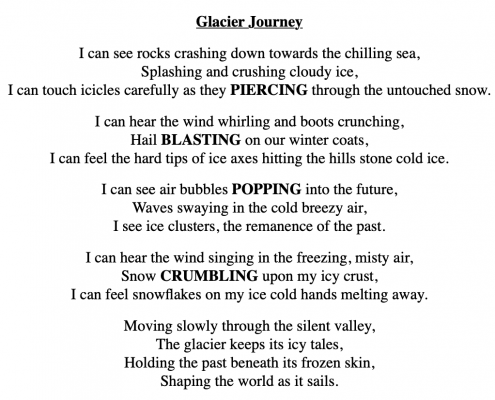What is a glaciologist?
Glaciologists are scientists who study glaciers and other things made of ice. They find out how ice forms, how it travels, and how it carries materials along with it. They study how climate change affects glaciers, and how changes in glaciers affect the climate and the environment around them.
What are glaciologists like?
Glaciologists are curious. They want to know how glaciers form and move, what impact they have on the environment, and what secrets about the Earth’s past are trapped inside the ice.
Glaciologists are organised. They need to carefully plan and pack all the equipment they need to live and work in faraway places like Antarctica, often in just a few short weeks.
Glaciologists are passionate. They care deeply about understanding climate change. By studying clues about past climate trapped in glaciers, they can work out what might happen to ice in the future and use this knowledge to help protect our planet.
Kate in Antarctica
Dr Kate Winter is a glaciologist from Northumbria University who does her research in Antarctica. She travels to one of the coldest, most faraway places on Earth to study ice and discover what it can tell us about our changing climate. To find out more about Kate, her adventures in the Antarctic, and what it’s really like to be a glaciologist, click here.
Who wants to go to Antarctica?
During our session you learned what it looks, sounds and feels like to visit Antarctica. You found out about the Princess Elisabeth Research Station and some of the work that scientists do there. Most importantly, you discovered what secrets might be lying underneath the ice!
The Princess Elisabeth Research Station
The Princess Elisabeth Research Station is Belgium’s base in Antarctica. It sits on rocky ground surrounded by ice and snow, about 200 kilometres from the coast. Scientists from all over the world travel there to do their research.
The station is special because it runs entirely on wind and solar power, making it one of the most environmentally friendly research stations in Antarctica. Scientists can live and work there even when temperatures outside drop to minus 40 degrees Celsius!
Inside the station, scientists have laboratories, bedrooms, a kitchen and even a small gym. They need to bring all their food and equipment with them because there are no shops for thousands of miles. When they’re not working in their laboratories, scientists venture out onto the ice to collect samples, measure the thickness of glaciers, and explore what lies beneath the frozen surface.
Teachers in the freezer
This video shows what happened to a group of teachers who went to Antarctica. Do you think they could cope with this extreme environment?
Ice cores
Glaciers form as layers of snow fall on top of each other, year after year. Over time, the buried snow gets squashed down by the weight of all the snow above it, turning into solid ice. As this happens, tiny bubbles of air get trapped inside the ice. These air bubbles are like time capsules from the past!
Each layer of ice tells a story about what the weather and climate were like when that snow fell. Scientists can discover the temperature, what gases were in the air, and even whether any volcanoes erupted that year.
How do scientists study ice cores?
Ice cores are long tubes of ice that scientists drill out of glaciers. Think of them like taking a core sample from an apple, but much, much longer! The youngest ice is at the top and the oldest ice is at the bottom, sometimes going back hundreds of thousands of years.
By studying ice cores, scientists can learn how the climate has changed over time. This helps them predict what might happen to our climate in the future.
Click here or watch the video on the left to find out much more about ice cores and how scientists use them.
Do try this at home: freezing and melting ice
Want to keep exploring ice and glaciers at home? We have some ice related STEM activities that you can try with things you probably already have in your kitchen.
Antarctic Poetry
For inspiration in our workshops, we used a poem by Katrina Porteous. Katrina is a nationally recognised and award winning poet who has written many poems about the natural world and the sea. Her books are published by Bloodaxe Books.
Katrina’s poem is called “Ice Core” and it’s written from the point of view of the air bubbles trapped inside the ice! The bubbles are so old they remember ancient reptiles and birds. They’ve been waiting silently for thousands of years, holding secrets about the Earth’s past. When scientists drill into the ice and release the bubbles, those secrets finally fizz out and become information that helps us understand our planet.
The poem uses powerful imagery to help us imagine what it might feel like to be trapped in ice for so long, waiting to tell your story.
Ice Core
Who am I, holding my breath, so long
Silent, a prisoner, trapped
In a lattice of ice? I am old
As charcoal and ochre in a dark cave. Deeper:
That no name floated upon, no song
But a shimmer of birds
And all the web-footed, lizard-hipped ones
Whose eulogies, whose secrets,
Fizz on my lips. Whose newsflash, fresh snapshots,
Travel towards you now, down the floating world,
Quick as electricity to a drill-bit, to pop
And sizzle on your tongue, and become words?
Katrina Porteous
Your Antarctic Poetry
During the session, you wrote your own poems about Antarctica, ice cores and glaciers. You used the scientific facts you learned and your imagination to create something special.
All the poems from your class have been collected together in a gallery so you can read what everyone wrote. You might discover that someone else wrote about the same idea as you but in a completely different way, or you might find a poem that makes you think about ice and Antarctica in a new light.


